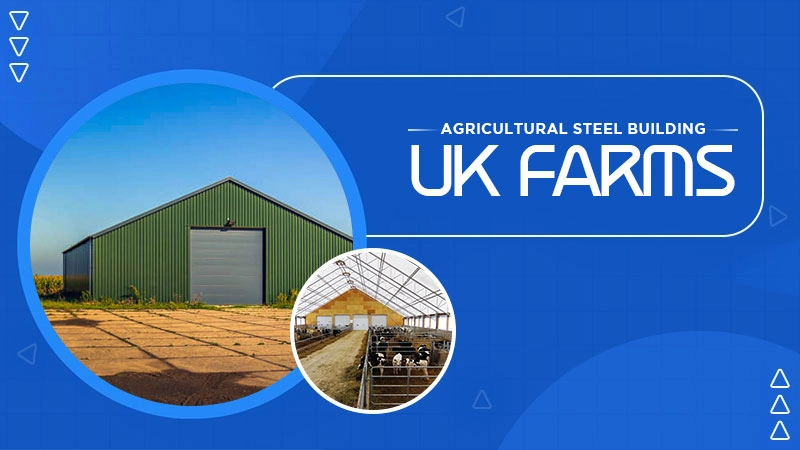Role of the eNote in an Online Mortgage Process
Mortgages are secured loans that are given against a promise to pay back the loan as per the agreed schedule of payment. Whenever there is a change in the circumstances of the borrower that makes it difficult for them to pay the loan, the bank tries to establish its lien of first right on the secured property against which the loan was sanctioned. Big financial debacles like the 2008 subprime crisis could have been averted by securing through the rights covenants and promissory notes and restructuring the loan if necessary.
In current times, important documents like promissory notes can be held electronically in the form of eNote for Mortgage.

Electronic Promissory Notes
An eNote, short for electronic note, is a digital version of a promissory note used in the mortgage industry. It represents the borrower’s commitment to repay a mortgage loan and contains all the essential terms and conditions of the loan agreement. The eNote is created, signed, and stored electronically, eliminating the need for physical paperwork.
The importance of eNotes in the mortgage industry lies in their ability to streamline and digitize the loan process. By eliminating paper documents, eNotes reduce costs, improves efficiency, and enhances security. They enable faster loan closings, as there is no need for physical document delivery or manual verification. Additionally, eNotes facilitate the seamless transfer and sale of mortgage loans between lenders, investors, and servicers, leading to increased liquidity and a more efficient secondary market.
Furthermore, eNotes support compliance and reduce the risk of errors or fraud. They provide a complete and tamper-proof audit trail of the loan’s lifecycle, ensuring transparency and accuracy. The widespread adoption of eNotes in the mortgage industry has the potential to revolutionize the way loans are originated, transferred, and serviced, benefiting both lenders and borrowers.
Benefits of eNotes
eNotes offer numerous benefits to the mortgage industry. Here are six key advantages:
Cost Savings
Adopting eNotes allows banks and lenders to save significant costs associated with paper-based processes. Expenses related to printing, storing, and shipping physical documents are eliminated, resulting in lower operational costs.
Enhanced Efficiency
eNotes streamline the mortgage process by reducing manual tasks and accelerating the loan closing timeline. Automated workflows and digital document management enable faster verification, underwriting, and closing processes, resulting in improved operational efficiency and quicker turnaround times.
Improved Accuracy and Compliance
eNotes provide a digital audit trail that captures every transaction and change made to the document. This helps ensure compliance with regulatory requirements and minimizes errors, as the entire loan history is recorded and easily traceable.
Enhanced Security
eNotes offer robust security features such as encryption, digital signatures, and authentication mechanisms. These measures protect against tampering, unauthorized access, and fraud, thereby enhancing data security and privacy.
Seamless Loan Transfers and Sales
eNotes enable smooth transfers and sales of mortgage loans between lenders, investors, and servicers. The electronic format simplifies the process of due diligence, verification, and transfer of ownership, facilitating a more efficient secondary market and increasing liquidity.
Environmental Impact
Transitioning to eNotes has a positive impact on the environment. The elimination of paper-based processes reduces the consumption of natural resources and energy associated with paper production, printing, and transportation. By going paperless, banks and lenders contribute to sustainability and help mitigate their carbon footprint.
The cost savings achieved by going paperless in the mortgage industry can vary depending on the size and scale of operations. However, studies have shown that financial institutions can save significant amounts by adopting digital processes. For instance, a study conducted by PwC estimated that the adoption of eNotes in the mortgage industry could save lenders approximately $1.3 billion per year in operational costs.
In addition to the financial benefits, the positive impact on the climate cannot be overlooked. The paper industry is resource-intensive, requiring large amounts of water, energy, and chemicals. By reducing paper usage, the mortgage industry can help conserve natural resources, reduce greenhouse gas emissions, and contribute to a more sustainable future.
Seamless Adoption of eNotes By Banks
To establish eNotes effectively without disrupting the current workflow in a bank, the following steps can be taken:
Assess Current Processes
Conduct a comprehensive assessment of the bank’s existing loan processes and workflows. Identify areas where paper-based processes can be replaced with digital solutions. Understand the specific requirements for implementing eNotes within the current infrastructure.
Choose a Trusted Technology Provider
Research and select a reputable technology provider specializing in eNote solutions. Evaluate their track record, experience, and compliance with industry standards. Ensure that the chosen provider offers robust security measures, seamless integration capabilities, and user-friendly interfaces.
Train Employees
Provide comprehensive training programs to employees involved in loan origination, processing, underwriting, and servicing.
Update Policies and Procedures
Review and update internal policies and procedures to incorporate the use of eNotes. Clearly define roles and responsibilities, and document retention protocols, and security measures. Ensure compliance with relevant regulations and industry standards.
Test and Pilot Implementation
Conduct a pilot program with a limited number of loans to test the eNote system’s functionality and integration with existing systems. Monitor the pilot closely, gather feedback from users, and make necessary adjustments before scaling up the implementation.
Secure Storage
Implement a secure electronic document management system (EDMS) to store and manage eNotes.
Monitor and Refine
Continuously monitor the implementation and gather feedback from employees and stakeholders. Identify areas for improvement, address any challenges, and refine the processes as needed to optimize efficiency and ensure compliance.
Conclusion:
A home is a nesting space where a family nurtures the next generation and spends time making memories on birthdays, anniversaries, graduation days, holidays, and many such special moments. Banks step in by supporting individuals in their quest for building a home that will be cherished for years to come. However, it is necessary to safeguard the financial system from any further apocalypses, and automated tools like eNotes and eVaults help mortgage providers with enhanced security. The bankers are also able to enhance their roles and utilize the time in building long-lasting relationships with consumers by using the power of automated loans.














